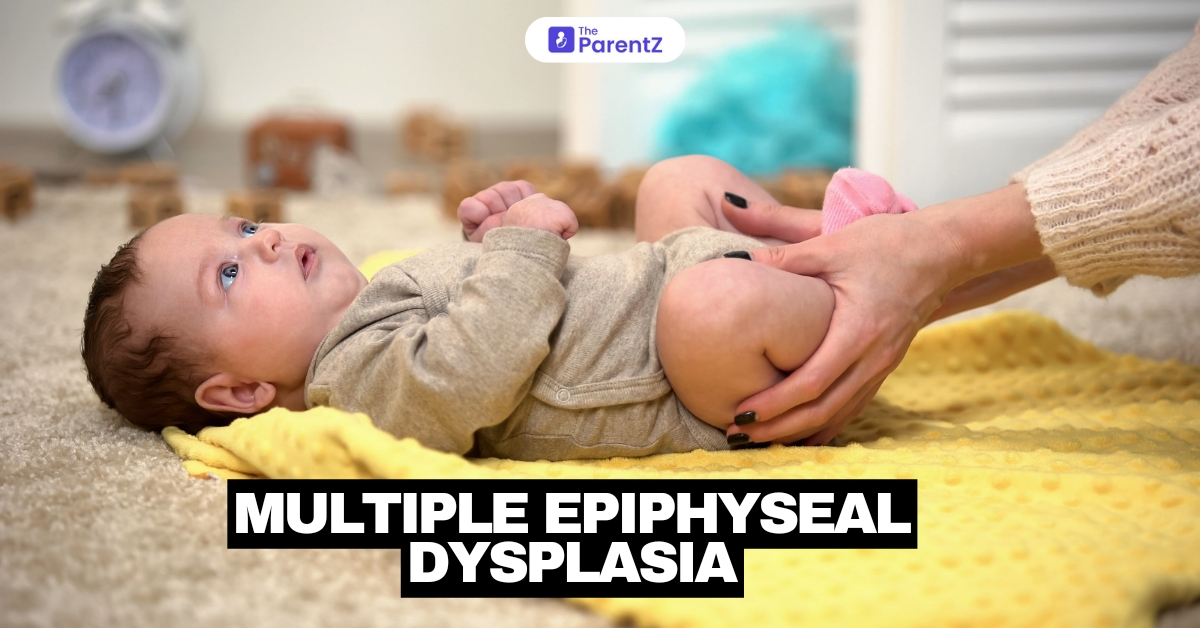What is Multiple Epiphyseal Dysplasia?
Multiple Epiphyseal Dysplasia (MED) is a rare genetic disorder affecting the development of the epiphyses, the ends of long bones in the body. This condition is characterized by abnormal bone growth, leading to skeletal abnormalities, joint pain, stiffness, and early-onset arthritis. MED typically manifests in childhood, often becoming noticeable in early childhood, between the ages of 2 and 10. The severity of the disorder can vary widely, with some individuals experiencing mild symptoms while others may have significant physical limitations and chronic pain.
What Causes Multiple Epiphyseal Dysplasia?
MED is caused by mutations in specific genes responsible for the development and maintenance of cartilage and bone. The most common genes involved are COMP (cartilage oligomeric matrix protein), COL9A1, COL9A2, and COL9A3, which encode for proteins that are crucial for the structural integrity of cartilage and its transformation into bone. These mutations lead to defective proteins, resulting in abnormal cartilage and bone development.
MED can be inherited in an autosomal dominant or autosomal recessive manner, depending on the specific gene involved. In autosomal dominant inheritance, only one copy of the mutated gene from either parent can cause the disorder, whereas autosomal recessive inheritance requires two copies of the mutated gene, one from each parent.
How Dangerous is Multiple Epiphyseal Dysplasia for My Child?
The prognosis for children with MED varies widely. While the condition itself is not life-threatening, it can significantly impact a child’s quality of life.
- Common symptoms include joint pain and stiffness, particularly in the hips, knees, and ankles. Over time, these symptoms can lead to difficulties in mobility and may require surgical interventions.
- Early-onset arthritis is a common complication, often necessitating joint replacement surgeries in adulthood.
- Despite these challenges, many individuals with MED lead productive lives with appropriate medical management and support. It is crucial for parents to work closely with healthcare providers to monitor their child’s development and manage symptoms effectively.
Which Children are at Greater Risk for Multiple Epiphyseal Dysplasia?
Children with a family history of MED are at a higher risk of developing the condition due to its genetic nature. If one or both parents carry the mutated gene(s), there is a higher likelihood that their children may inherit the disorder.
Genetic counselling can provide valuable insights for families with a history of MED, helping them understand the risks and implications. In some cases, genetic testing can be performed to determine if a child is a carrier of the mutated gene(s), although this is typically more relevant for family planning rather than for diagnosing affected individuals, who usually present symptoms early in life.
How is Multiple Epiphyseal Dysplasia Managed?
Management of MED focuses on alleviating symptoms and improving the quality of life. There is no cure for the disorder, so treatment is primarily symptomatic and supportive.
- Physical Therapy: Regular physical therapy can help maintain joint flexibility and strength, reducing pain and improving mobility.
- Pain Management: Nonsteroidal anti-inflammatory drugs (NSAIDs) and other pain relievers are commonly prescribed to manage chronic pain.
- Surgical Interventions: In severe cases, surgeries such as osteotomies (cutting and realigning bones) or joint replacement may be necessary to address significant deformities or advanced osteoarthritis.
- Assistive Devices: Use of braces, orthotics, or mobility aids like crutches or wheelchairs can help children maintain independence and mobility.
- Regular Monitoring: Continuous monitoring by a team of healthcare professionals, including paediatricians, orthopaedic specialists, and genetic counsellors, is essential to manage the condition effectively.
What Should I Know as a Parent?
Here are some key points to consider:
- Early detection and intervention can significantly improve outcomes. Be vigilant for signs of joint pain, stiffness, or abnormal walking patterns in your child.
- Consider genetic counselling if there is a family history of MED. This can help you understand the inheritance patterns and risks for future children.
- Establish a support network that includes healthcare providers, therapists, and support groups. Connecting with other families facing similar challenges can provide emotional and practical support.
- Educate yourself about MED and advocate for your child’s needs. Ensure that teachers, caregivers, and healthcare providers are aware of the condition and understand how to support your child.
- While managing the medical aspects of MED is important, also focus on your child’s overall well-being. Encourage activities they enjoy and can participate in comfortably, fostering a positive and fulfilling life.








Be the first one to comment on this story.